What's your birth month tree? Discover the symbolism behind yours and how to grow it in your yard
Birth month trees are a great way to add green structure to your yard with a bit of personalization
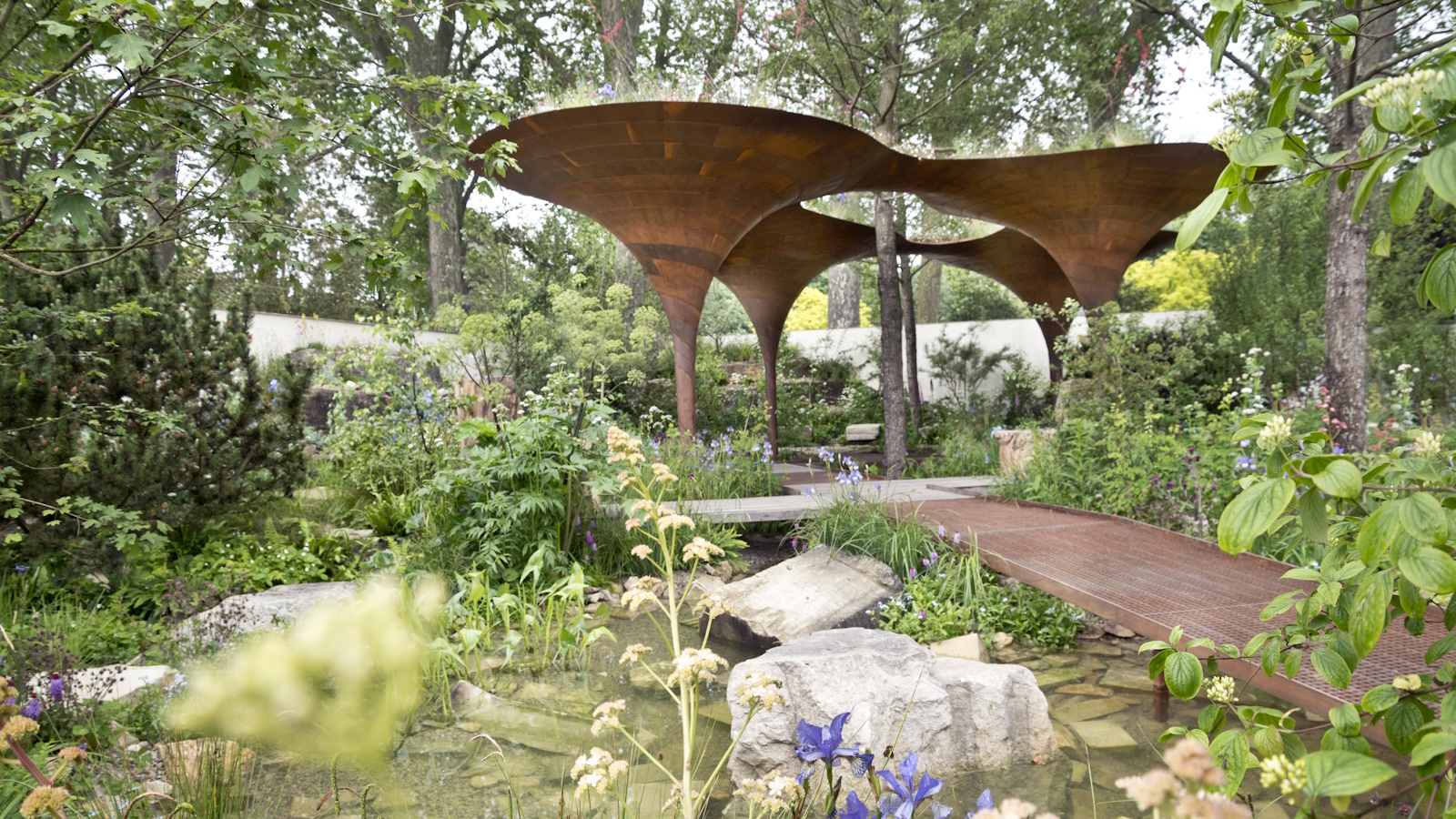
- What are birth month trees?
- December 24 – January 20: Birch
- January 21 – February 17: Rowan
- February 18 – March 17: Ash
- March 18 – April 14: Alder
- April 15 – May 12: Willow
- May 13 – June 9: Hawthorn
- June 10 – July 7: Oak
- July 8 – August 4: Holly
- August 5 – September 1: Hazel
- September 2 – September 29: Vine
- September 30 – October 27: Ivy
- October 28 – November 24: Reed
- November 25 – December 23: Elder
- FAQs

I love finding ways to add personal touches to my garden. It's a lovely way to really make an outdoor space your own, and what better way to do so by growing plants specific to your person? That's exactly why I'm obsessing over birth month trees.
Just like birth month flowers offering personalized blooms and birth month herbs offering tasty and fragrant plants for each person, birth month trees provide the opportunity to add luscious foliage and tall structure to your yard that have some meaning behind them.
The history behind it is also fascinating. It all stems from the Celtic Tree Calendar, an ancient astronomical framework. Intrigued to find out more? Look no further. I've compiled information on all 13 birth month trees (yes, 13, it doesn't exactly line up with the 12 months we know) and what they represent, plus tips on how to grow them.
What are birth month trees?
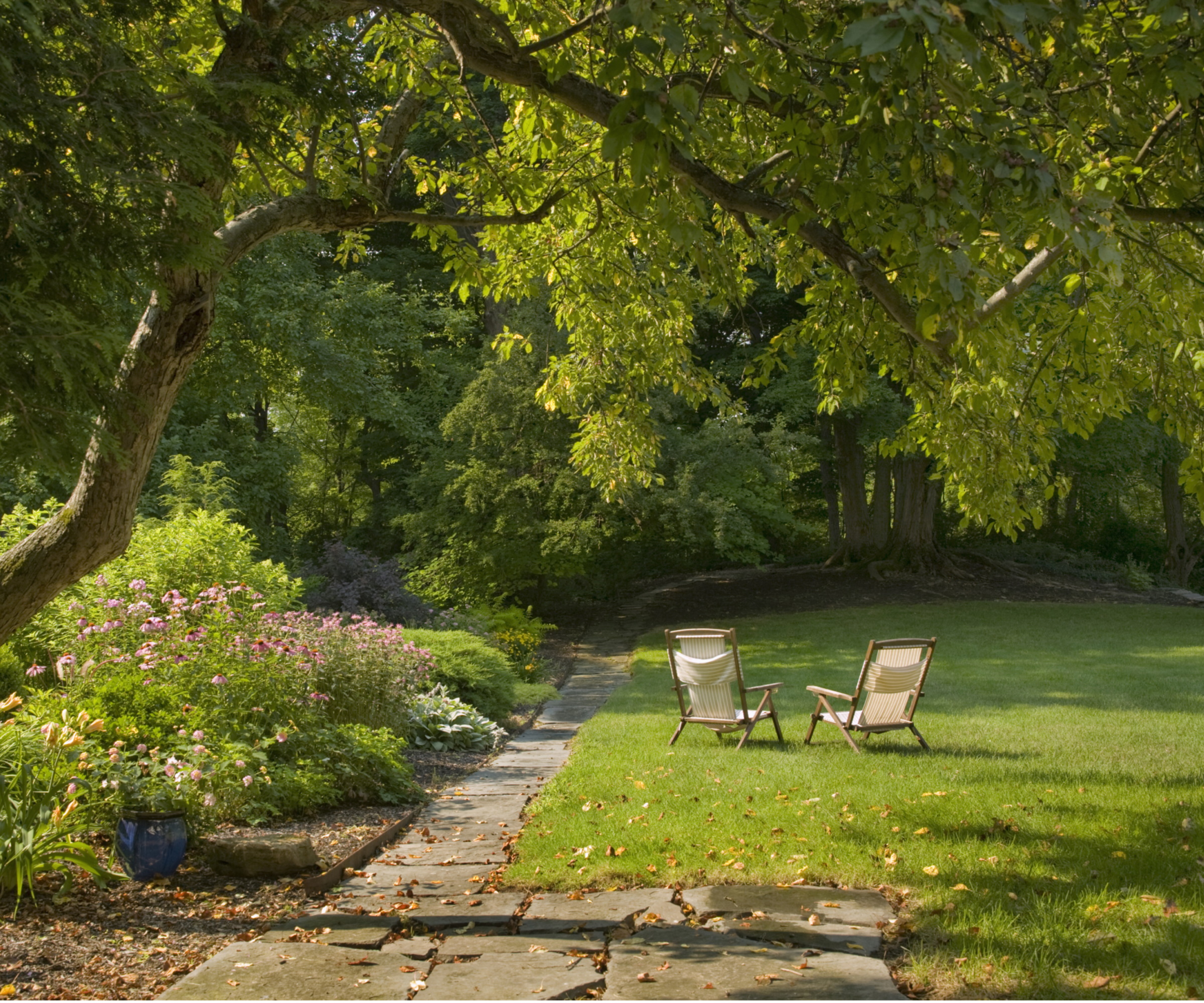
The Celtic Tree Calendar became popular in 1948, in the publication of The White Goddess (available on Amazon) by British poet and mythologist, Robert Graves.
Robert reinterpreted the Ogham alphabet, an ancient Irish writing system which linked each character with a tree or plant. From there, he theorized that the Celts used a lunar tree calendar.
Now, birth month trees have become a beautiful way to celebrate individuals, even making a charming addition to memory gardens for loved ones.
So, if you're keen to find out what your birth month tree is, take a look below – just remember to look for a variety that can grow in your US hardiness zone before rushing to add yours to your yard.
Design expertise in your inbox – from inspiring decorating ideas and beautiful celebrity homes to practical gardening advice and shopping round-ups.
December 24 – January 20: Birch
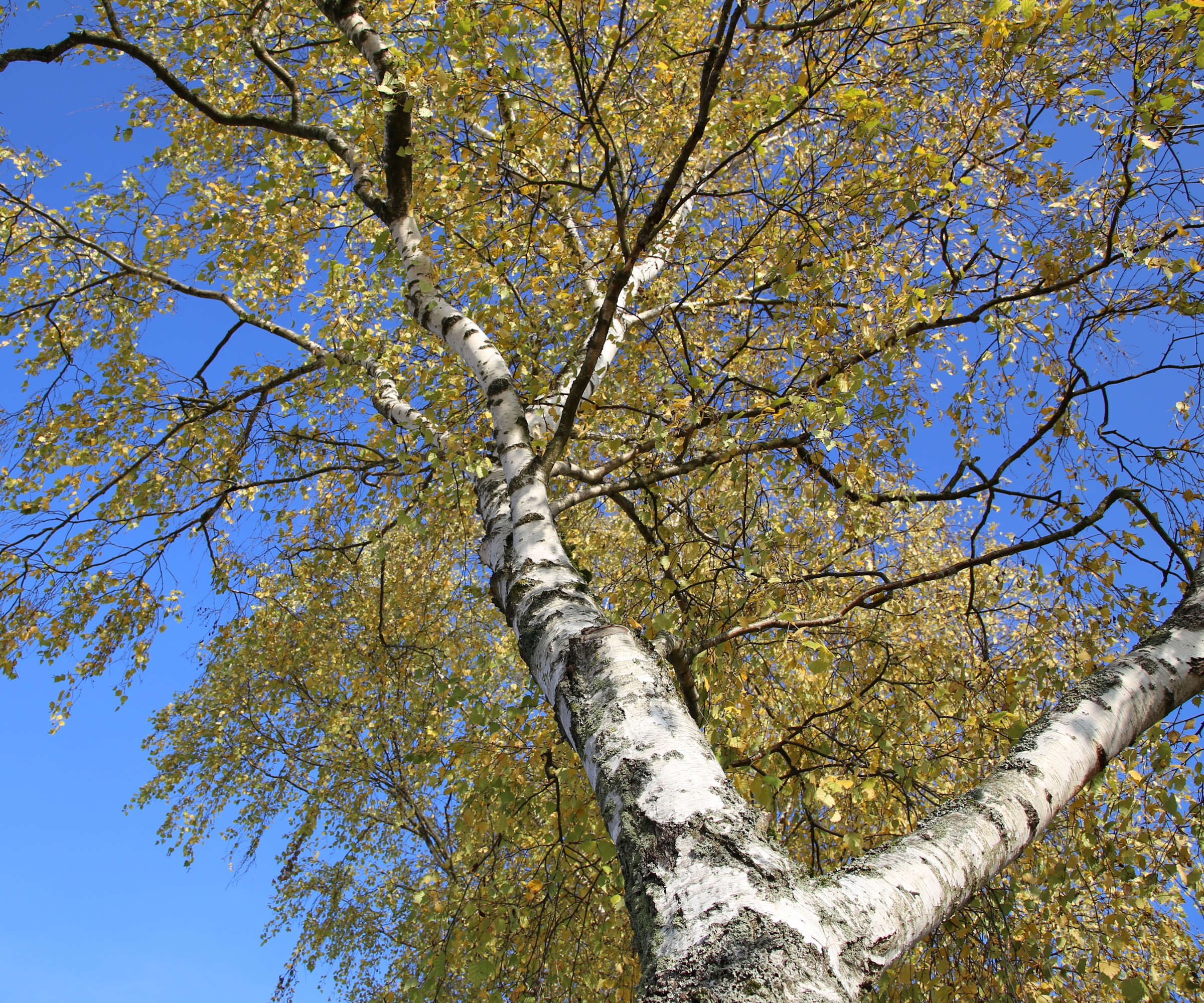
At the top of the Celtic Tree Calendar is birch, and these really are wonderful trees to have in your yard. In Celtic tradition, they represent renewal and rebirth, which is why their designated to the start of the year.
There are plenty of birch trees to choose from, the majority of them being trees with white bark that provide a stark contrast to the other greenery in your yard.
Not only this, but birch trees actually provide lots of fall color, with foliage turning bright yellow and orange tones in the second half of the year.
Just make sure to maintain consistent moisture by regularly watering and mulching your birch tree.
Find a birch tree for your yard at Fast Growing Trees.
January 21 – February 17: Rowan
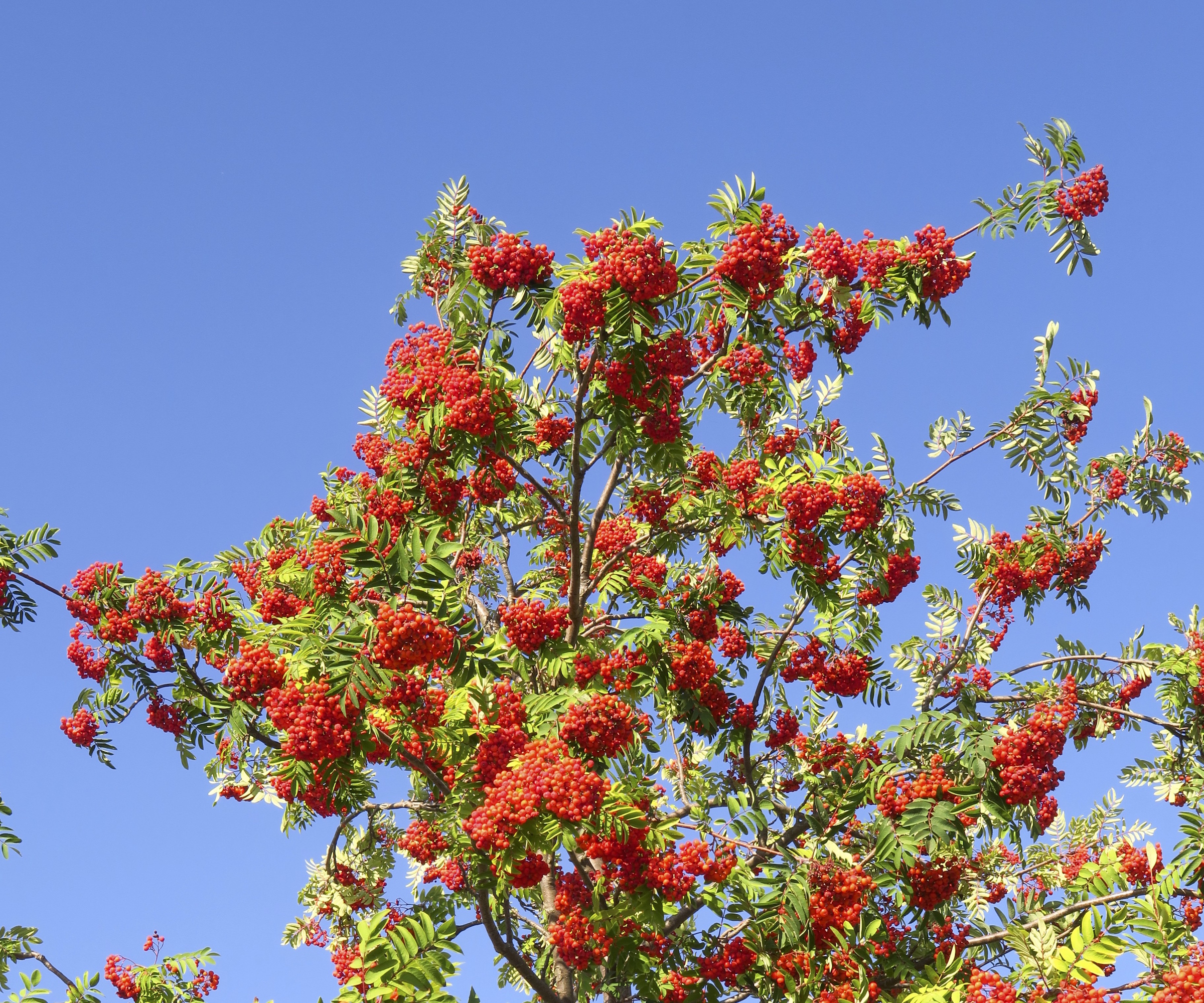
For those born mid-January to mid-February, rowan trees are your birth month tree. They represent protection and intuition, a great tree to uplift the darker days in a winter garden.
Growing rowan trees is fairly straightforward, too, so long as you position it in a sunny spot in well-draining soil.
It's also important to prune rowan trees during late winter to early spring, removing any damaged branches and foliage ahead of the growing season. Use loppers (like these from Amazon) to make clean cuts when doing so.
February 18 – March 17: Ash

In the Celtic Tree Calendar, Ash trees are thought to be a source of poetic vision and creativity. It's not hard to see why, with its beautiful range of green, red, and yellow leaves – like this Autumn Purple Ash Tree from Fast Growing Trees.
Something to note, however, is Ash trees are on the list of trees to avoid planting to close to you house. This is because they have such extensive root systems that can cause damage to pipes and infrastructure.
Nevertheless, the sheer size of these trees (up to 80 feet) certainly make them ones to wow in your yard.
They do best in well-draining, fertile soil types, often found in British woodlands, making them a good choice if you're looking to add woodland plants to your yard.
March 18 – April 14: Alder
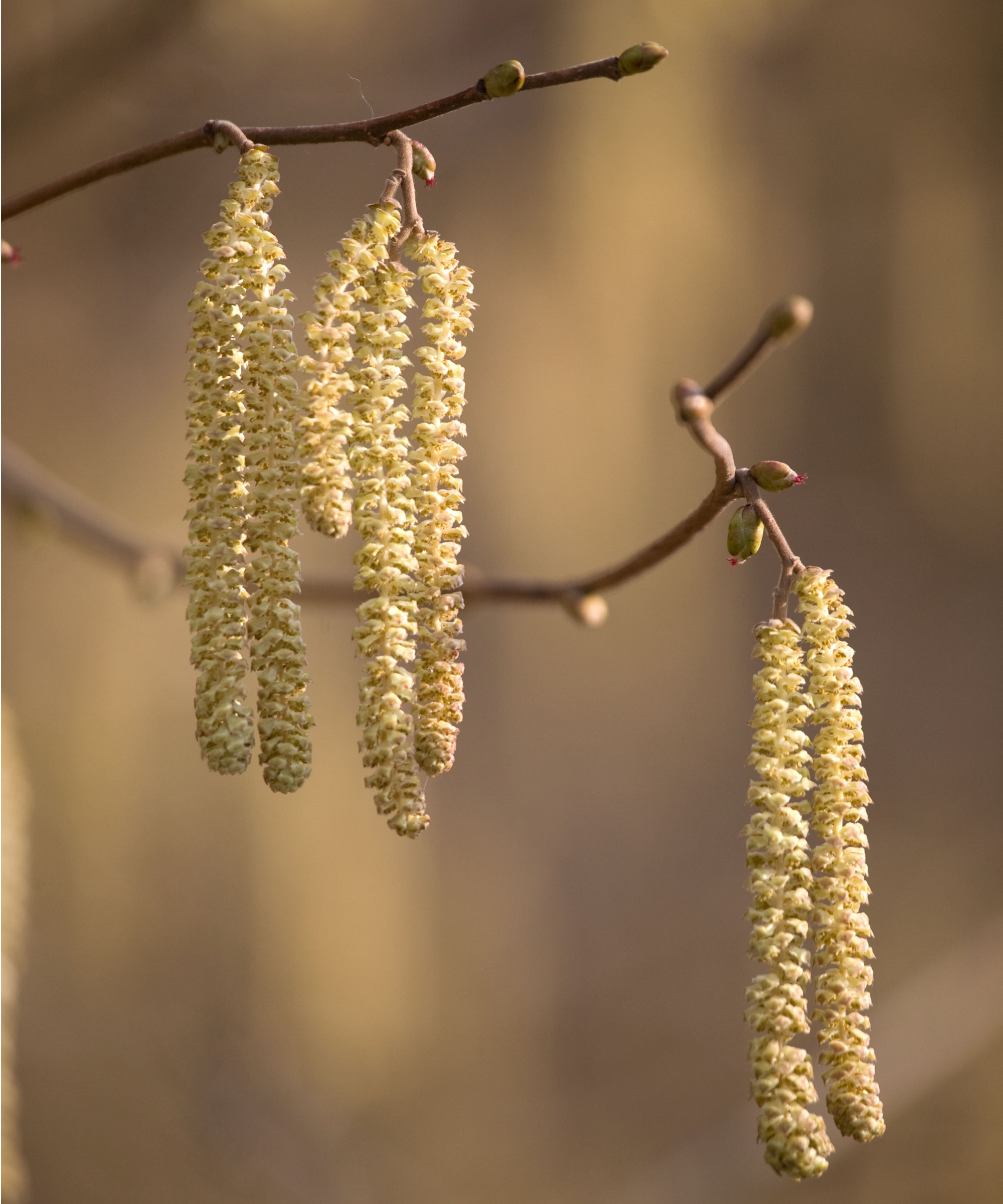
Alder trees are thought to symbolize courage and determination, standing tall with quite dense foliage. For those born in March–April, this is a great tree to add to your yard.
The good news is they're also some of the best trees for clay soil, tolerating wetter conditions and poorer soil types.
They provide year-round interest, too, with yellow catkins on display from late winter into spring which turn into cones in fall.
If you have an alkaline soil in your yard, consider making your soil more acidic for these trees. You can test your soil's pH with this soil test kit from Amazon and then use these pH adjusters from Amazon to amend as needed.
April 15 – May 12: Willow
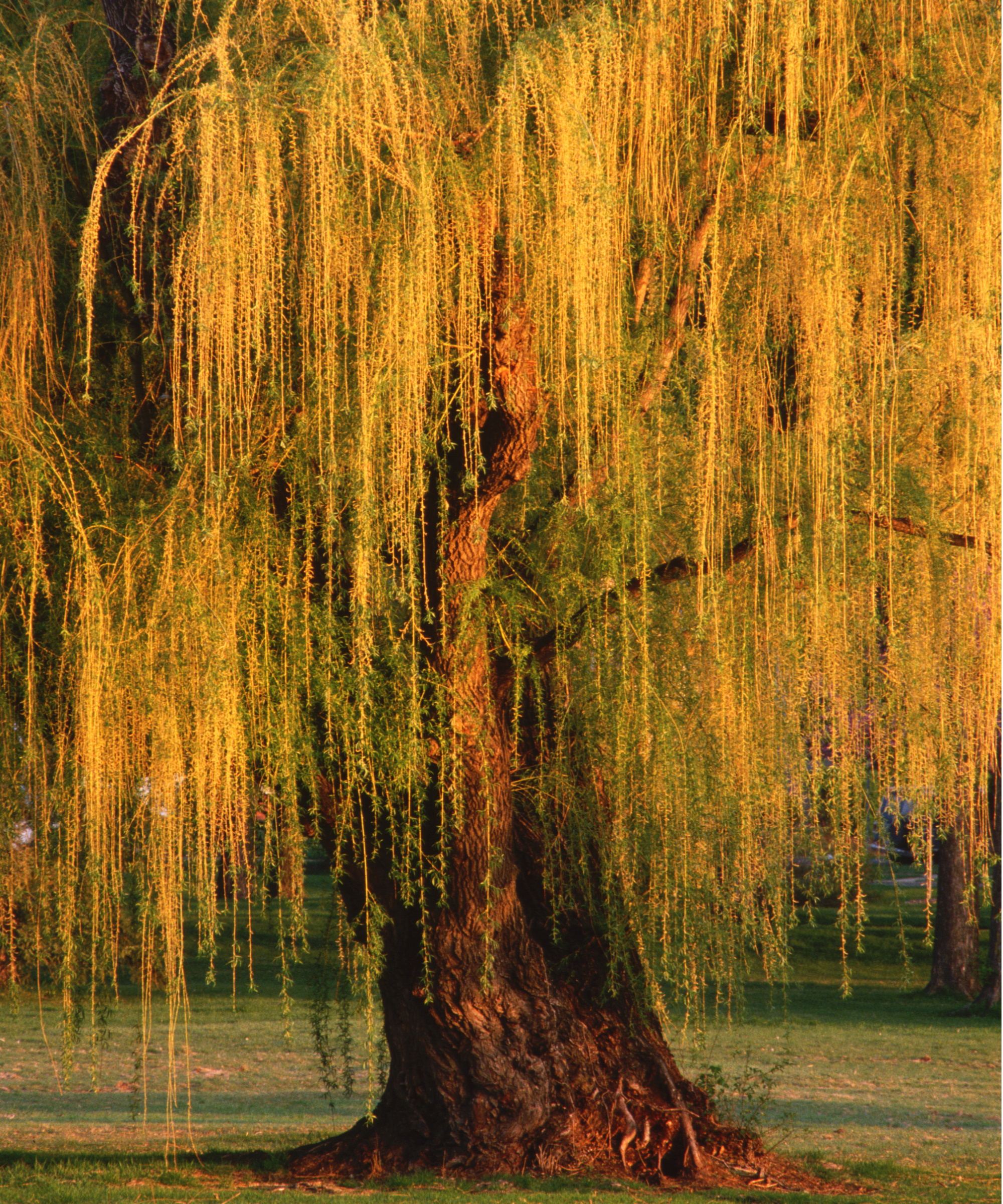
Willow is the birth month tree for mid-April to mid-May, representing connection to the water and wisdom. It's the perfect tree for those with a large garden pond and those wanting to create a whimsical feel in a fairy garden.
There are lots of types of willow to choose from, from the fast-growing tree for privacy of weeping willow to smaller varieties for container gardens.
These flamingo willow tree cuttings from Amazon can start you off with a willow tree for pots, for example.
Just make sure to plant in a sunny location, as willows thrive best in a direct sun position. A shady spot is likely to sunt growth.
May 13 – June 9: Hawthorn
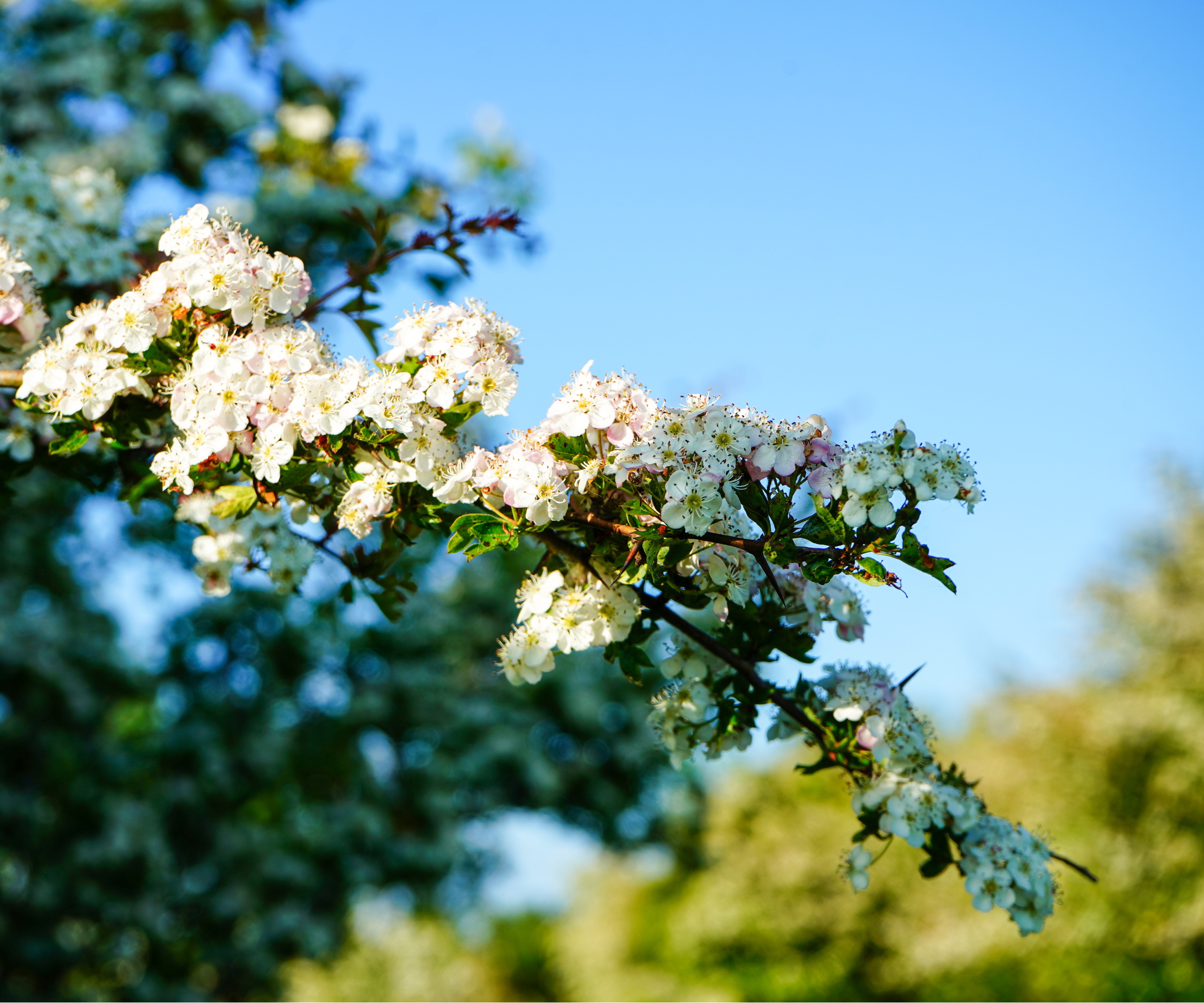
In the midst of spring, hawthorn is the birth month tree to take center stage. In the Celtic Tree Calendar, hawthorns represent love and protection. They even form an important role in Beltane, a Gaelic festival to celebrate the start of summer.
In May, Hawthorn is full of white, and sometimes pink, blossoms.
'I'm pleased to know this is my birth month tree as I adore the blossom in spring,' says Homes & Gardens' Head of Gardens, Rachel Bull. 'I love using them in my floral designs for this reason,' she adds.
They're also good choices for trees for small gardens. For example, this Snow White Indian Hawthorn Shrub from Fast-growing Trees reaches a mature height of five feet.
When growing these trees, it's important to know when to prune a hawthorn. Late winter is best while the tree is in dormancy, reducing stress and keeping the tree healthy. You can use these Fiskars loppers from Amazon to do so.

Rachel is a gardening editor, flower grower and floral designer. Her journalism career began on Country Living magazine, sparking a love of container gardening and wild planting. After more than a decade writing for and editing a range of consumer, business and special interest titles, Rachel became editor of floral art magazine The Flower Arranger. She then trained and worked as a floral designer and stylist in London for six years, before joining the Homes & Gardens team.
June 10 – July 7: Oak
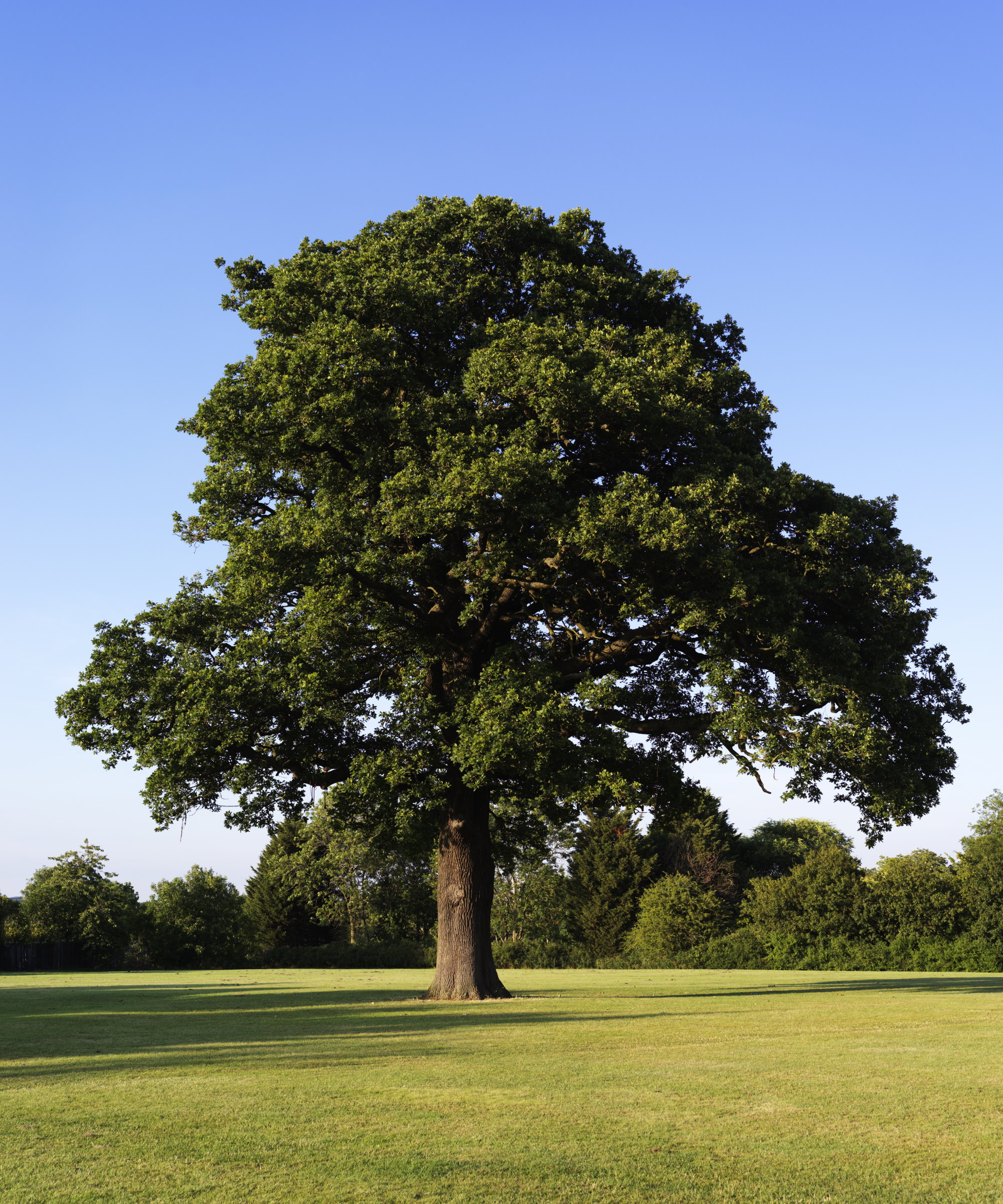
This is one of the easiest British trees to identify by leaf, thanks to is iconic lobed shape. In the birth month tree tradition, it's one of the most powerful trees, linked to longevity and stability.
They grow in a wide range of soil types, tolerate full sun to partial shade, and require consistent moisture.
I've actually grown an oak tree from an acorn, a fun and easy project to do. You can even buy acorn oak tree growing kits from Amazon to get you started – or to gift to the early summer baby in your life.
Remember to prune your oak tree during their dormant period to keep it healthy and shapely.
July 8 – August 4: Holly
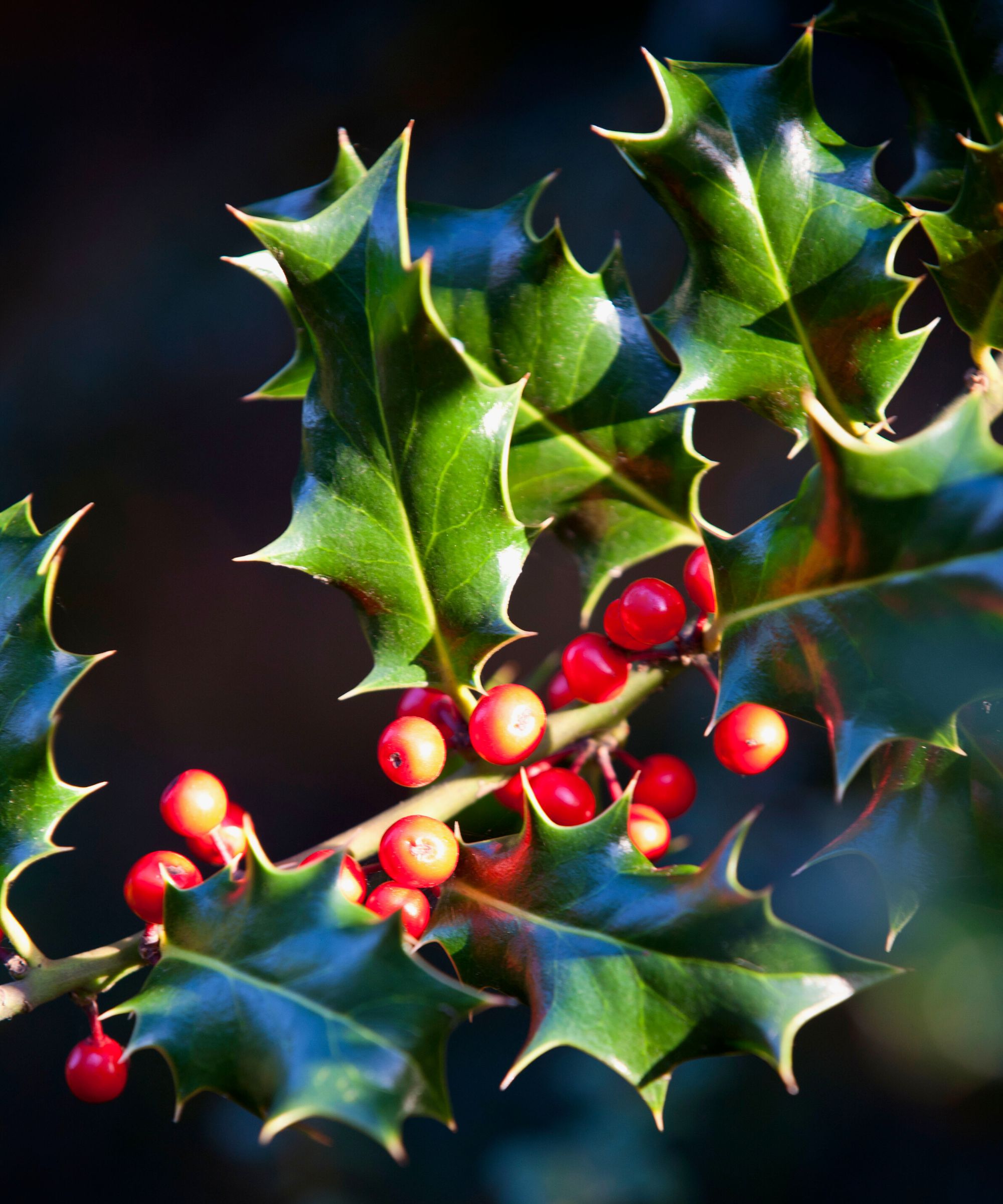
Holly happens to be my own birth month tree, which I am delighted to know as I moved into a home with a holly bush earlier this year – perhaps it was just meant to be. In Celtic tradition, holly symbolizes nobility and resilience.
Although you may associate holly with being one of the best shrubs with winter berries, they also produce dainty white flowers in spring. Plus, their evergreen foliage can be enjoyed throughout the year.
I personally have a variegated holly, which has gorgeous yellow and green leaves. It's easy to grow holly and care for it, too. I just prune my holly bush in spring to shape it and encourage new growth to establish ahead of the colder seasons.
Find a holly bush for your yard at Nature Hills.
August 5 – September 1: Hazel
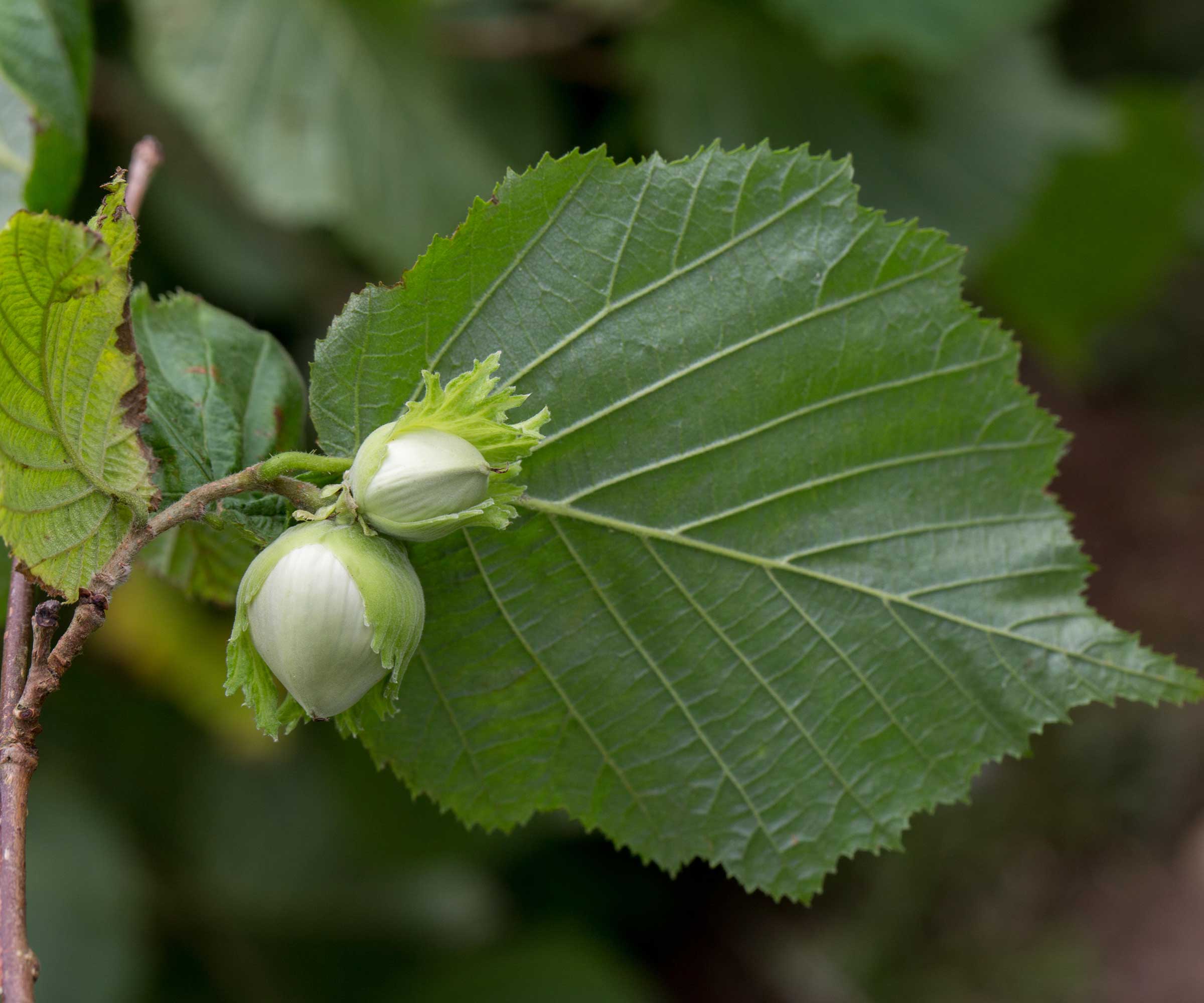
Hazel trees are loved for their edible hazelnuts (pictured above) which are ready to harvest between September and October. They also have versatile wood which you can use to build hazel plant supports.
For those born in August to the start of September, it's a birth month tree representing knowledge.
Hazels tend to be smaller trees, ideal for small garden ideas. In fact, you can even grow some varieties in pots. Or, opt for a showstopper variety, like this American Hazelnut Filbert Tree from Fast Growing Trees.
It's key to prune your hazel tree in its early years to establish a strong structure for future growth.
September 2 – September 29: Vine
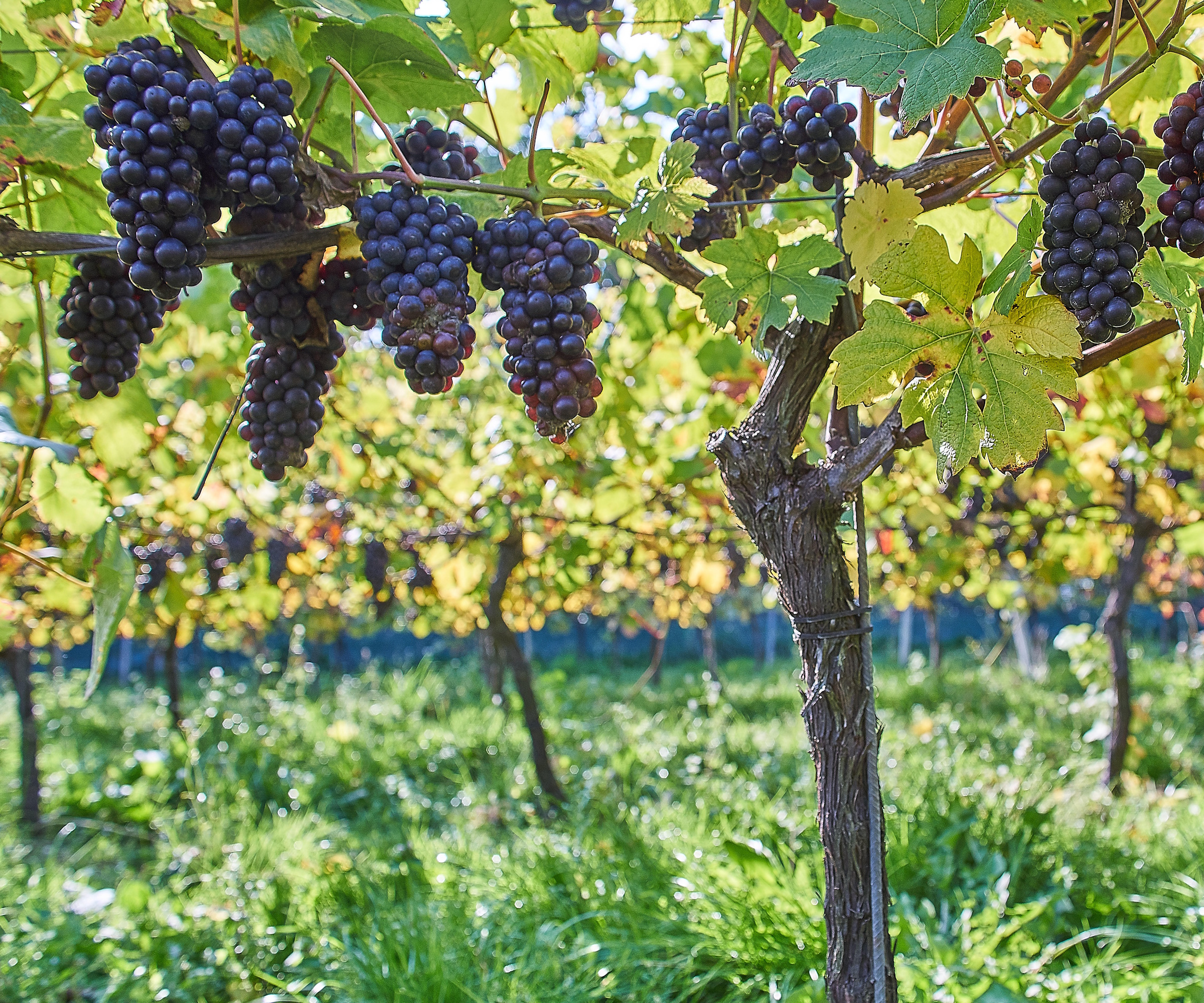
Although this isn't technically a tree, grape vine is thought to be symbolic of joy and celebration in the Celtic Tree Calendar, likely linked to the wine you can make from grapes, of course.
It's one of the best fruiting plants, although growing grapes does require some specific conditions to be successful. This includes planting in fall, positioning it somewhere with plenty of direct sun, and ensuring its soil doesn't become waterlogged.
To help with fruit production, it's vital to get grape vine pruning right. This involves pruning a bit differently each year (which you can find information about in our linked guide) and using the right essential pruning tools. These pruning shears from Amazon are a good fit.
September 30 – October 27: Ivy
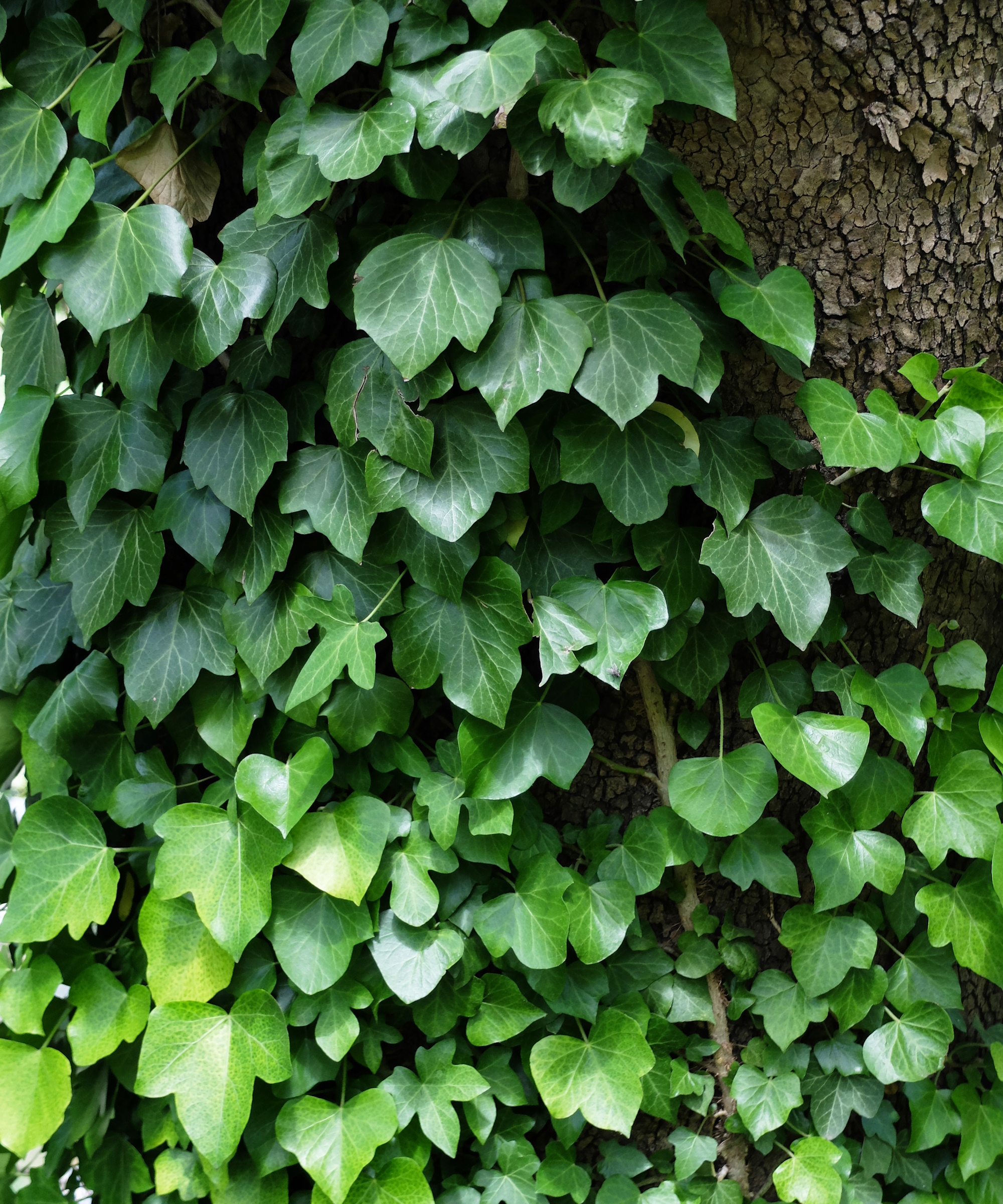
Another one that isn't a tree in the traditional sense, but common ivy is the birth month tree for the majority of October babies. It's symbolic of perseverance and survival in the Celtic tradition.
Of course the good news about ivy is you can grow it both indoors and grow ivy as a houseplant, making it a good gift for loved ones with a birthday at this time. You can find an ivy houseplant at The Sill.
I actually have an ivy houseplant and it is one of the easiest to look after. When caring for ivy, you can get away with neglecting it a little and placing it in a lower light spot. This reflects their native habitat in woodlands, among other areas.
I've found that the best way to promote more growth is to prune your ivy. Just like hair, the more you cut it, the more it will grow. That's why I have these pruning snips from Amazon in my plant care kit.
October 28 – November 24: Reed
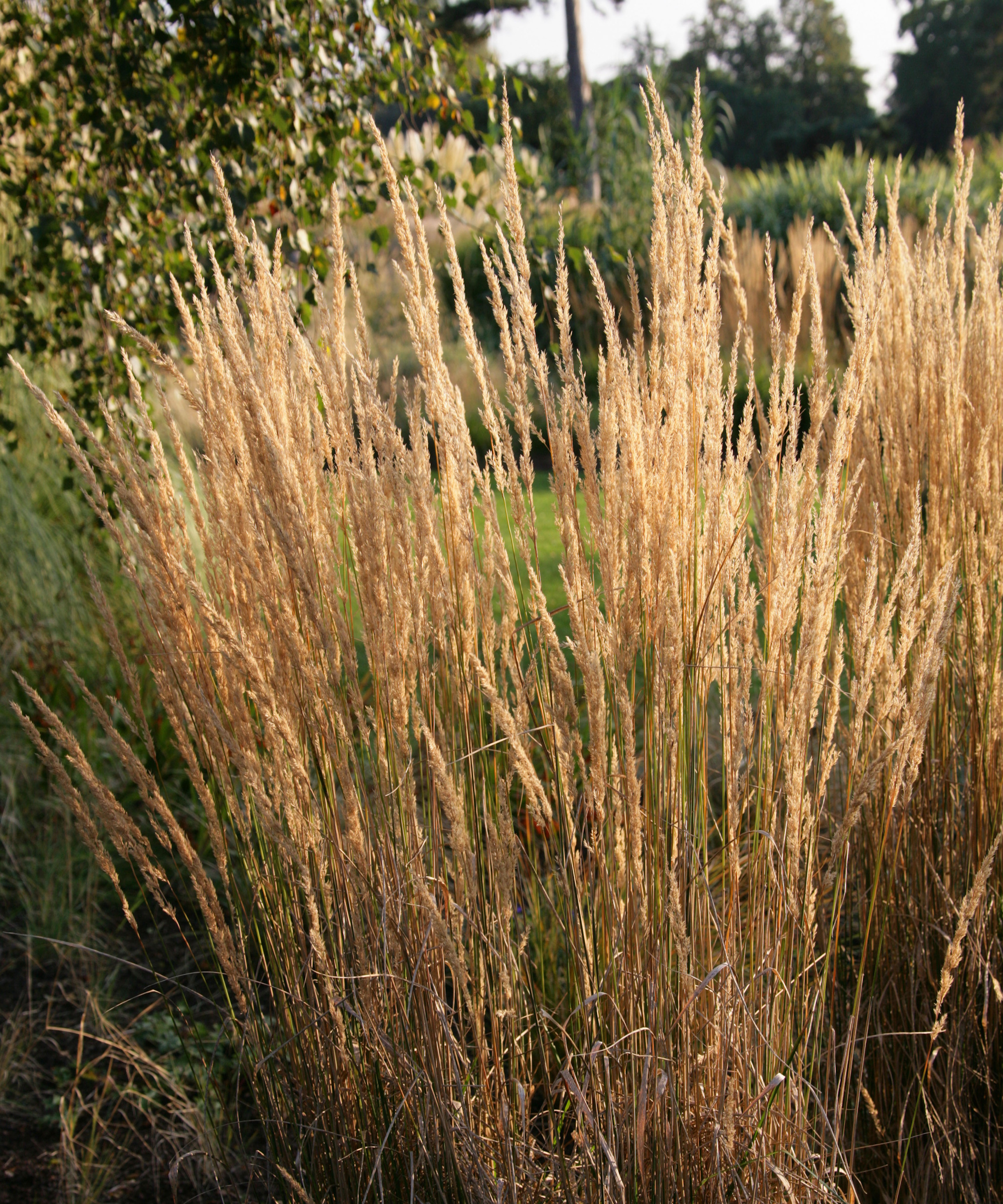
Again, this isn't quite a tree but it does earn its spot on the Celtic Tree Calendar as the birth month tree representing honest expression, with musical instrument links to reed.
Reed is one of the best ornamental grasses for movement in the wind. It's commonly grown as a pond plant, due its love for wetter conditions.
It also offers stunning fall color, with its green foliage turning bronze in the latter half of the year.
Find a feathered reed grass for your yard at Nature Hills.
November 25 – December 23: Elder
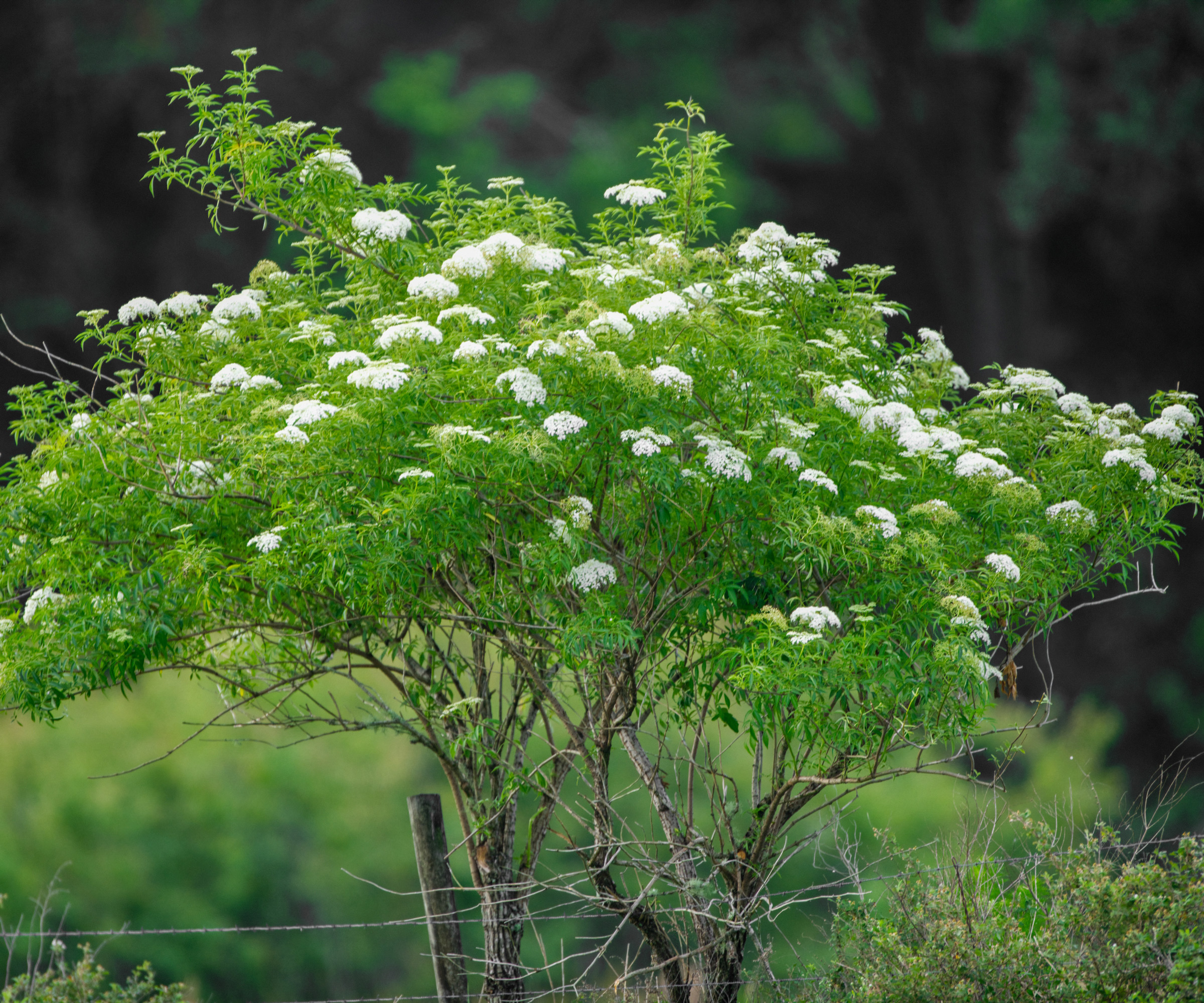
The final birth month tree on the Celtic Tree Calendar is elder, a tree loved for its versatility in the yard. You can grow elder trees of all different colors and sizes, and berries.
As a birth month tree, elder represents completion and reflection as it rounds up the year. It's also a medicinal plant in many ways, including having antiviral properties.
Elders are actually some of the most low-maintenance trees, known to grow and thrive with just minimal attention.
It is important, however, to prune an elderberry shrub in spring if you want to encourage a large production of those gorgeous purple-black berries later in the year.
Find an elder bush at Fast Growing Trees.
FAQs
Are birth month trees significant for their month?
Many birth month trees are associated with a specific time of year because there is something significant happening at that time. For example, hawthorn is a May birth month tree and this is the time of year it's in blossom. Likewise, hazel is the birth month tree for August, when hazelnuts are developing to be harvested in fall.
If you love the idea of selecting plants personal to your person, then you might also want to read our guide to zodiac houseplants for your indoor garden.

Tenielle is a Gardens Content Editor at Homes & Gardens. She holds a qualification in MA Magazine Journalism and has over six years of journalistic experience. Before coming to Homes & Gardens, Tenielle was in the editorial department at the Royal Horticultural Society and worked on The Garden magazine. As our in-house houseplant expert, Tenielle writes on a range of solutions to houseplant problems, as well as other 'how to' guides, inspiring garden projects, and the latest gardening news. When she isn't writing, Tenielle can be found propagating her ever-growing collection of indoor plants, helping others overcome common houseplant pests and diseases, volunteering at a local gardening club, and attending gardening workshops, like a composting masterclass.
You must confirm your public display name before commenting
Please logout and then login again, you will then be prompted to enter your display name.